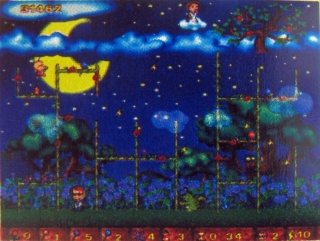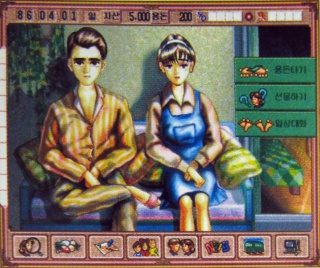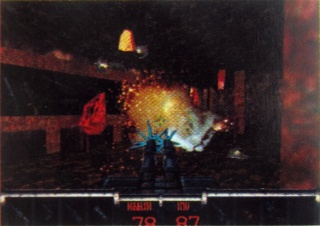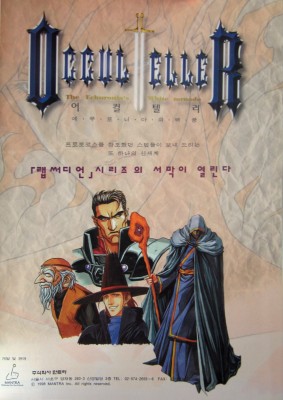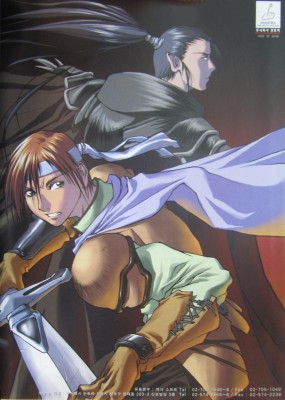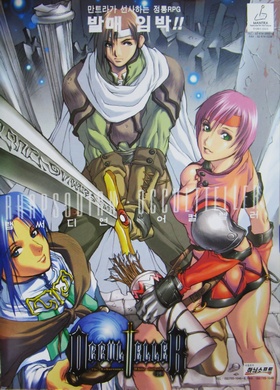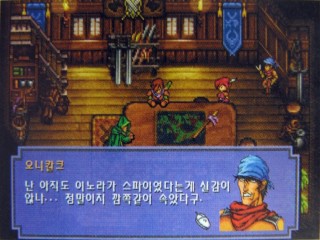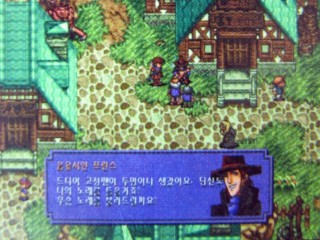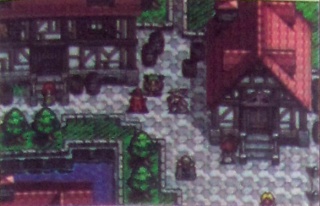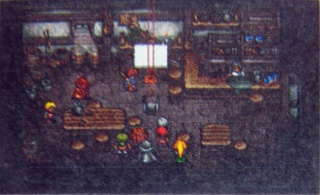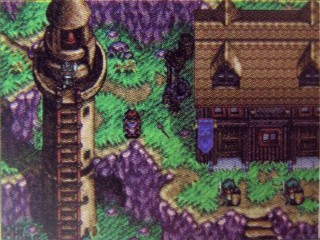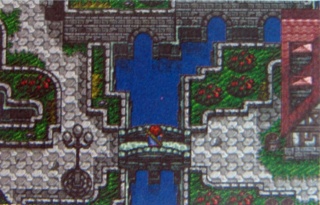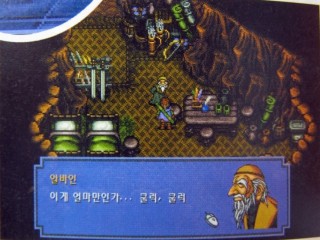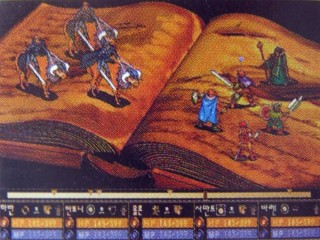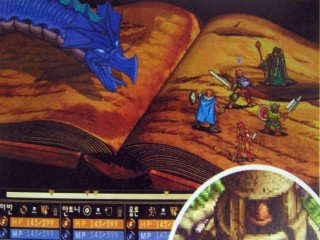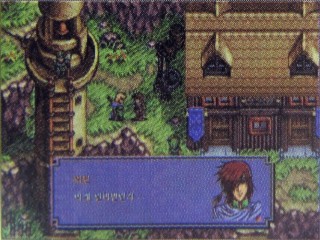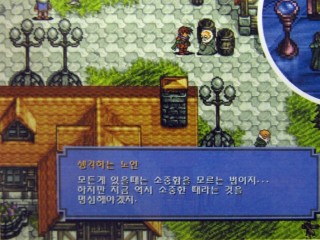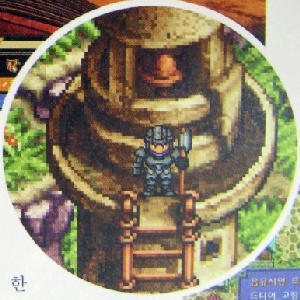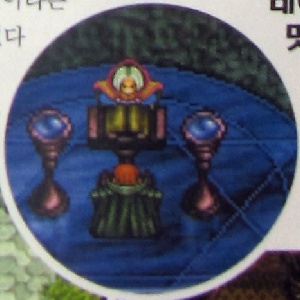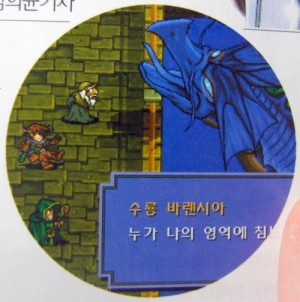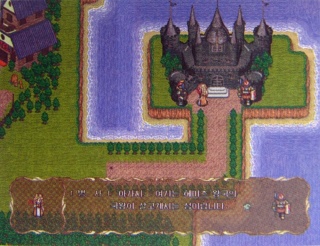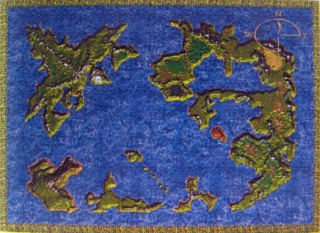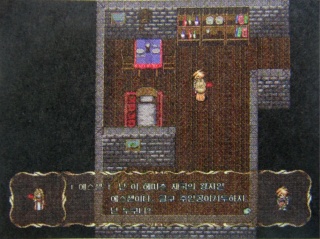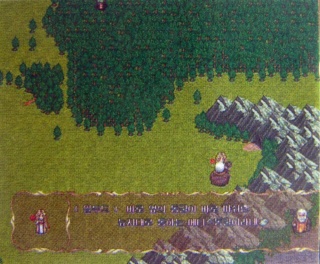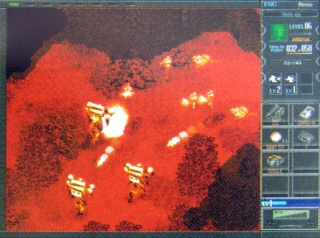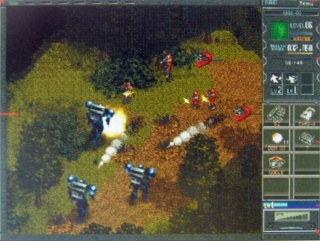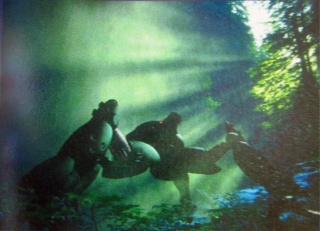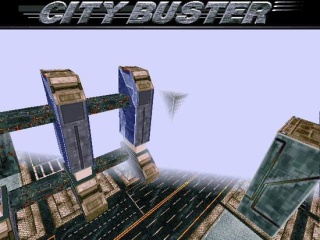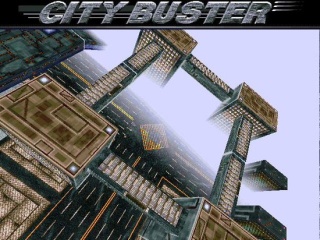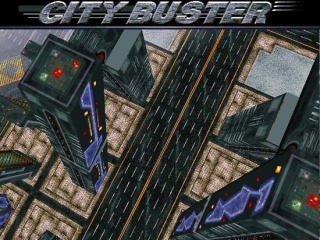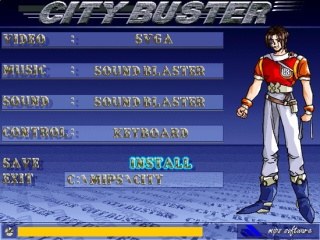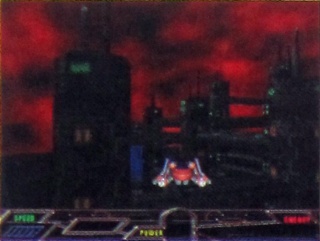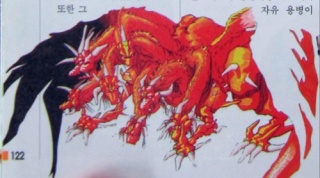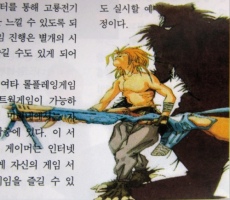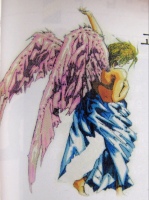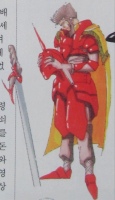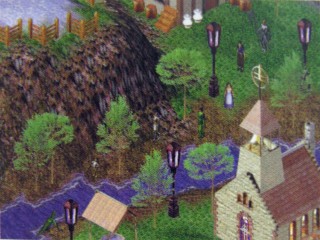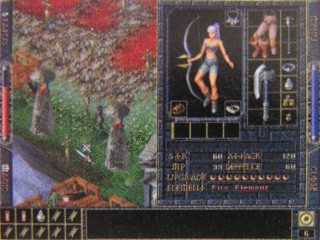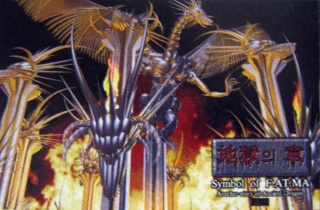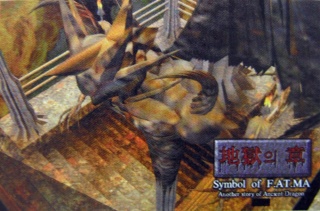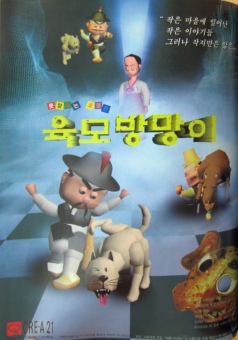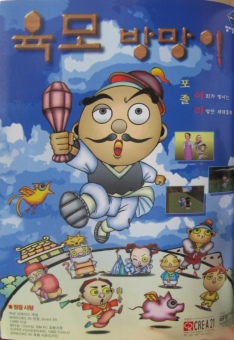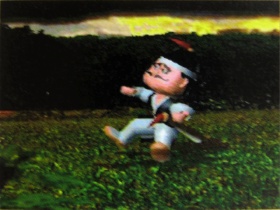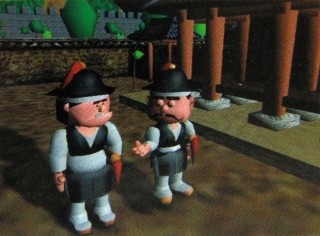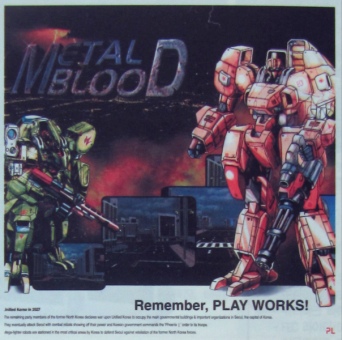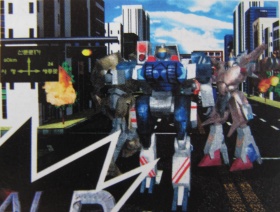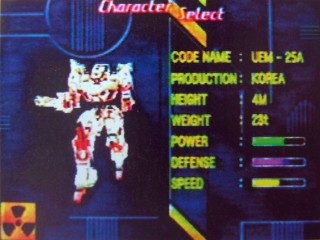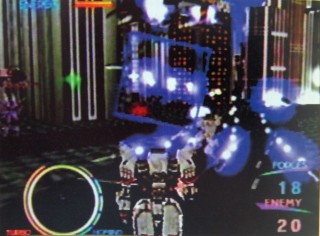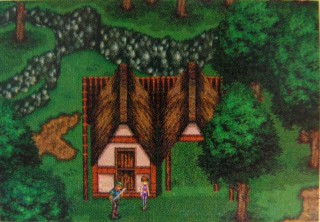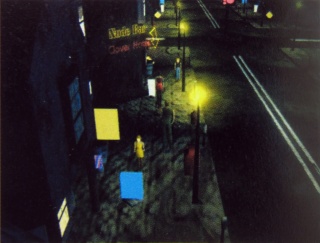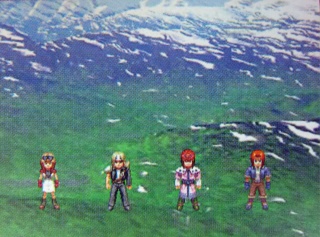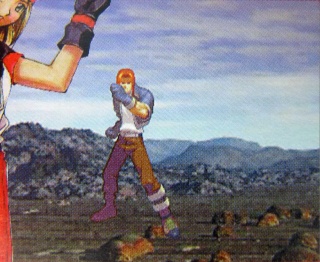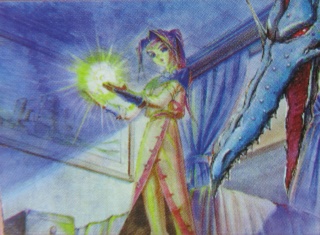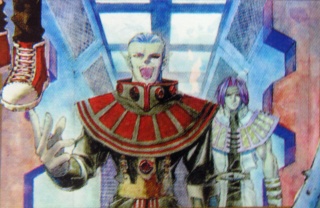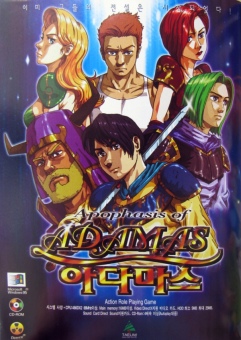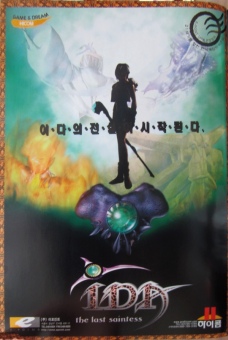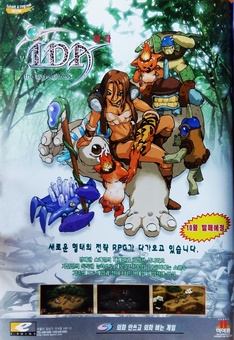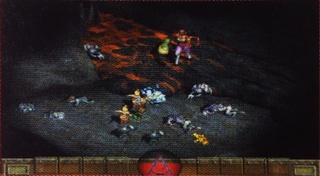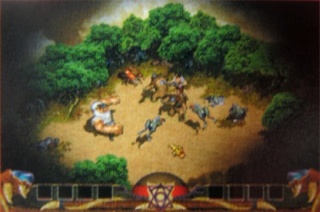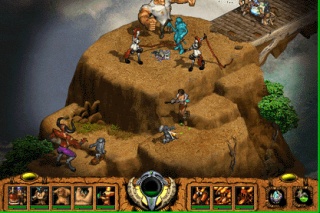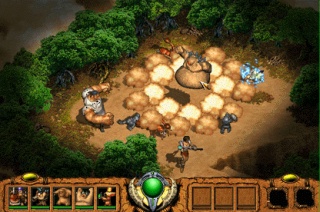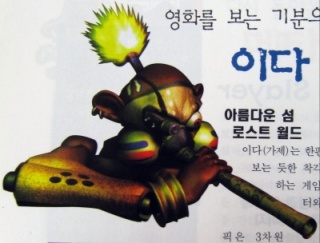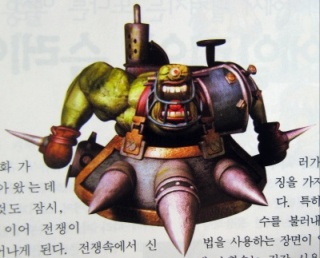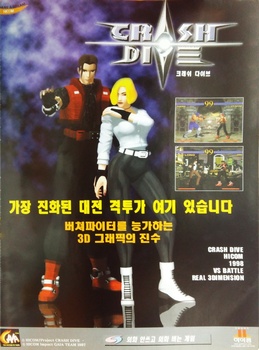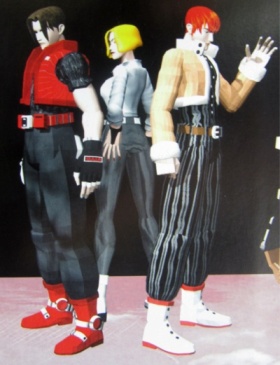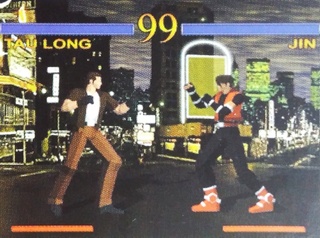A History of Korean Gaming
|
Next Page >>> |
|
Other Games: |
||||
|
|
|
|
|
Lost Games Page 5 (1997)
로즈워 2 (Rose War 2) - Windows (1997)
Daehyeong Works was known as a maker of online games, one of which supposedly was Rose War 1, about which nothing is known. With the sequel, the company planned to expand into retail games1.
Rose War 2 (Windows)
Quick Info:
|
Developer: |
Daehyeong Works |
|
Genre: |
Action |
심딩 (Sim Wedding) - Windows (1997)
A life simulation about the married life of a young couple, also by Daehyeong Works. This was even cancelled explicitly, supposedly because of the too close similarity to Ecstasy's Newly Weds2.
Sim Wedding (Windows)
Quick Info:
|
Developer: |
Daehyeong Works |
|
Genre: |
Life Simulation |
SOL (쏠): Survival Online - Windows (1997)
SOL was Daehyeong Works' final game project, developed by Game Park, who later became known for producing the GP32 open source handheld line. There was never any mention of a licensed engine of some sorts for this Quake-like FPS with fully 3D graphics, but it would have been interesting seeing that 3D technology coming out of nowhere. When Daehyeong Works came into financial trouble, all development was moved to Korea Information Kisul (KIK), a company associated with computer hardware2. It appears none of the projects were ever finished.
Quick Info:
|
Developer: |
Daehyeong Works |
|
Genre: |
Action: First Person |
어컬텔러 ~영혼의 섬 아탄다~ (Occulteller: Yeonghon-ui Seom Atanda) - IBM PC / Windows (1997)
랩써디언 어컬텔러 ~에쿠로니아의 백풍~ (Rhapsodian Occulteller: Echuronia-ui Baekpung) / Occulteller: The Echuronia's White Tornado - IBM PC / Windows (1997-1998)
Occulteller should have become Mantra's magnum opus, their first game they developed from scratch as opposed to their usual localization work. It was first announced in early 1997, although development had purportedly begun in November 19963. (Most of the staff of the Ys II Special remake had left the company by then. Occulteller was made by members of the Protocoss team4.) In concept it was a series consisting of two games, but the chronological first episode, Yeonghon-ui Seom Atanda ("Atanda, Island of Souls"), was postponed rightaway in favor of the "side story," The Echuronia's White Tornado5.
The RPG started out as a VGA DOS-game, but as Windows conquered the gaming world, Mantra completely redrew all the sprites and character portraits for a hi-res (604x480) Windows version, while the backgrounds were merely upscaled and filtered. The game was 60% completed at the time6. Despite this inconsistency, Occulteller looked excellent. The illustrations were drawn by Kim Hyungtae7, marking this his first game industry experience long before his rise to fame with hypersexualized female character designs with MagnaCarta.
While following the same general JRPG formula as Protocoss, with the active turn battl bars from Final Fantasy, Rhapsodian Occulteller also showed influences from the Western school. The world and its monsters were heavily Dungeons & Dragons inspired (the designer claimed having used a "monster dictionary" for chosing them, which cannot mean much else than some kind of D&D Monster Manual), and not every monster encounter had to result in a fight to the death, as options to parley with the enemies were planned. The combat relied heavily on attack speed; getting hit while preparing an action would not only increase the damage taken, but also have a chance at interrupting said action. The weight of a character's equipment was supposed to factor heavily in the equation, averting the linear "bigger is better" scheme of a typical JRPG. Individual pieces of equipment could also be improved. (The example given was bathing leather in dragon blood.) Upon level up, players would have been able to chose the attributes they wanted to raise, and dialogues were likewise to be interactive with different replies for minor variations in the plot.8
But alas, it wasn't meant to be. The financial crisis had left Mantra in a bad state. The last advertisement for the game was already surrounded by an aura of melancholy, almost like an obituary9. Then one month later, towards the end of the summer 1998, Mantra officially announced they had to give up the almost completed game10.
펜타스톤 (Pentastone) - Windows (1997)
Pentastone was supposed to become the debut game by Define, a developer founded in November 1996 by 10 alumni (lead by one Sin Seunghyeon) of Softry's gameschool11. The setting was a fairly generic fantasy RPG, with the usual elves, hobbits and dwarves. Promised were 130 "events," 7 different kingdoms, an over- andunderworld, and sideview combat with up to 5 party members12.
Pentastone (Windows)
Quick Info:
|
Developer: |
Define |
|
Genre: |
RPG |
|
Theme: |
Fantasy |
제워아워 (Zero Hour) - Windows (1997)
As the sequel to Softmax' Aimpoint, Zero Hour's story would have taken place years after the first game. It would have featured a fully destructible environment and a "multi scenario" structure with optional and hidden missions13, where a failed mission wouldn't result in a "game over" screen, but a different outcome for the following missions. Players would control up to 48 units at a time, with even the option to import an individualized team from the story mode into a network multiplayer game14.
Quick Info:
|
Developer: |
Softmax |
|
Genre: |
Strategy |
시티 버스터 (City Buster) - Windows (1997)
Even though there's not much info available about City Buster by Mips, other than the fact that it was a 3D shoot 'em up, the available screenshots have a better quality than most old cancelled games, as the former Garam&Baram artist Kim Mukwang showcases them in his portfolio15, so apparently the Garam&Baram people were also involved with the game.
Quick Info:
|
Developer: |
Mips Soft |
|
Genre: |
Action: First Person |
지오네이드 (Xionade) - Windows (1997)
Shooting game by Union Electron & Media, who reported they had developed a 3D engine just for the game16, although the screenshots don't even make it look like real time 3D.
Quick Info:
|
Developer: |
Union Electron & Media |
|
Genre: |
Shoot-'em-up |
지옥의 장 (Jiok-ui Jang) / 파티마의 문양 (F.AT.MA-ui Mun'yang) / Symbol of F.AT.MA: Another Story of Ancient Dragon - Windows (1997-1998)
Mirinae's final, unfinished game was a "side story" to their 1996 title Legend of the Ancient Dragon, however both in story and mechanics the ties were rather thin; the game was set in the same fantasy world, but 400 years after the events of the former game, and in place of a 16-bit console style RPG now stood a specimen of the Diablo school, with real time point & click gameplay, prerendered isometric graphics, and multiplayer options17. What was special about Symbol of F.AT.MA was the story perspective: The protagonist wasn't on a quest to kill a demon, but to awaken one18.
Getting into serious financial troubles after the "IMF Crisis", Mirinae cancelled the game in spring 199819. Even later it was reported that the game would be finished and released exclusively in Taiwan20, but that never happened either.
Concept Art
포졸 우거지 (Pojol Ugeoji) / 육모 방망이 (Yungmo Bangmangi) - Windows (1997-1998)
An action game by Crea-21, which has been likened to "Super Mario, but with a stronger focus objectives given in each stage instead of combat". The setting however, a goofy parody of traditional medieval society, makes it rather seem like the Korean answer to the Goemon series. The protagonist was the policeman Ugeoji that could talk to animals, but with no one believing him. In 8 interconnected stages, his quests would award him several traditional items, that he'd decorate his home with21. In later ads the game appeared as Yungmo Bangmangi ("The Hexagonal Club"), highlighting Ugeoji's new(?) weapon22.
Metal Blood - Windows (1997-1998)
Metal Blood Artwork
Just like Xionade by the same developer, Union Electron & Media's Metal Blood remained unpublished. Maybe part of the reason was the controversial setting: In the not-so-distant future of 2025 - intelligent robots have by now become a common sight - remainders of the former North Korean communist party and a secret "imperialist" Japanese organization starts a war of terror against a unified (since 2003, in the game world) Korea23.
리그마롤 (Rigmarole) - Windows (1997)
RPG by Tongkun, which was developed in parallel to the interactive novel game Flosculus. It was supposed to feature two kinds of strategic battles: Some would have been fought with single units in a standard SRPG manner, but others based on military regiments, which was likened to Gettisburg. The party therefore would have consisted of more than 20 customizable characters24.
Rigmarole (Windows)
Quick Info:
|
Developer: |
Tongkun |
|
Genre: |
RPG |
|
Theme: |
Fantasy |
아트로시티 (Atrocity) - Windows (1997-1998)
Atrocity was former indie developer Byteshock's second professional project after Electronic Popple. The genre for this dystopian future was described as a mix of RTS, adventure and RPG, Byteshock furthermore promised a "multi scenario" structure and "violence like in Doom"25. According to Byteshock, Atrocity would have supported 3DFX cards, so apparently at least the characters were rendered in real-time 3D26.
Quick Info:
|
Developer: |
Byteshock |
|
Genre: |
Action |
|
Theme: |
Cyberpunk |
新 제네레이션 I~3차원계의 3전사편~ (Sin Generation I: 3-chawon'gye-ui 3 Jeonsa pyeon) / Neo Generation I - Windows (1997-1998)
After Eryner, Jamie system started yet another RPG project. Like their debut Story of Atria Land, Neo Generation used an unconventional battle system for the genre. Although combat was meant to run turn-based, Jamie likened it to fighting games, so characters would battle 1 on 1 with lots of different moves, swapping around between up to 3 party members tag team style. But Neo Generation wasn't all about fighting. Jamie also promised optional romance subplots27 and a threefolded prologue that shows the seperate ways of the 3 main characters, with the final 4th chapter unlocking only after clearing all their back stories28.
Quick Info:
|
Developer: |
Jamie System |
|
Genre: |
RPG |
|
Theme: |
Fantasy |
이다 (Ida) / 이다: 바론의 부활 (Ida: Baron-ui Buhwal) / Ida: Resurrection of Baron / Ida: The Last Saintess - Windows (1997-2002)
Ida was Korea's biggest vaporware title, in terms of the time it was supposedly in development without ever getting released. Coverage started with rendering of grotesque but inventive monsters, and the promise of an RPG with RTS elements, thanks to the ability to take control over a small task force of monsters30. In 1998, HiCom took on the game as a publisher and presented first screenshots, who showed a game looking much akin to Diablo. Ironically, it was part of their nationalist advertisement campaign with the slogan "games that doesn't use foreign money, but earn foreign money."31 In the end, it didn't earn any money at all. Certainly not for HiCom, who went under not too long after.
In 2001, the game resurfaced with its own homepage and new screenshots, but many showed the same scenes as before, only with a different interface. In March 2003, the game's contracted publisher Softcook still claimed that the game's master CD was ready to get pressed32, but soon after the company's home page disappeared and nothing was ever heard of Ida again.
Ida (Windows, 1998 Version)
Crash Dive (크래쉬 다이브) - Windows (1997-1998)
Advertisement
This 3D fighting game by HiCom surprisingly tied in to their old run and gun Still Hunt, featuring that game's four main characters (though they're barely recognizable as their former selves) and 8 completely new ones33. It is assumed that the development was dropped eventually, as it didn't show up in HiCom's catalog style advertisements later.
References
1. PC Champ 1/1997, page 131
2. PC Champ 3/1997, page 79
3. GameCom 2/1997, page 54
4. PC Champ 5/1998, advertisement
5. Gamepia 4/1997, page 99
6. PC Champ 5/1998, advertisement
7. http://www.gamemeca.com/news/special_view.html?seq=1614&page=1&search_text=&sort_type=&subpage=1&iem=&send=&mission_num=&mission_seq=
8. PC Champ 6/1998, page 174-175
9. PC Champ 8/1998, advertisement
10. PC Champ 9/1998, page 122
11. PC Champ 3/1997, page 78
12. Gamepia 5/1997, page 84
13. Gamepia 5/1997, page 84
14. PC Champ 6/1997, page 146-149
15. http://blog.naver.com/gmaker0627/90025412677
16. Gamepia 6/1997, page 86
17. PC Champ 7/1997, page 137
18. PC Champ 2/1998, page 148-149
19. PC Champ 5/1998, page 128
20. PC Champ 10/1998, page 148
21. PC Champ 8/1997, page 151
22. PC Champ 12/1997, advertisement
23. PC Champ 9/1997, page 176
24. PC Champ 1/1998, page 177
25. Gamepia 1/1998, page 144
26. PC Champ 2/1998, page 162
27. Gamepia 2/1998, page 152
28. PC Champ 11/1997, page 146
29. PC Champ 12/1997, page 224
30. PC Champ 11/1997, page 174
31. Gamepia 7/1998, advertisement
32. Softcook Homepage 3/5/2003 (archived 3/30/2003)
33. PC Champ 12/1997, page 169
|
Next Page >>> |
|
Other Games: |
||||
|
|
|
|
|
